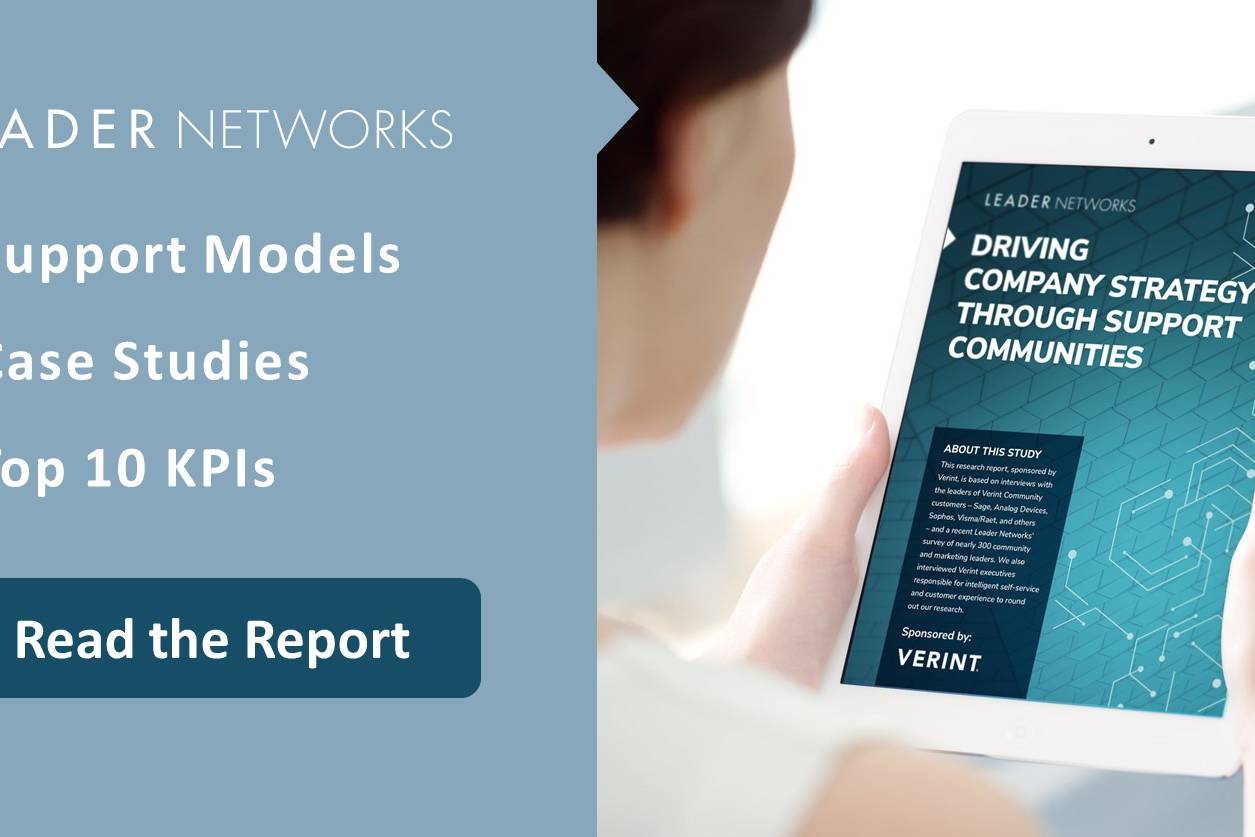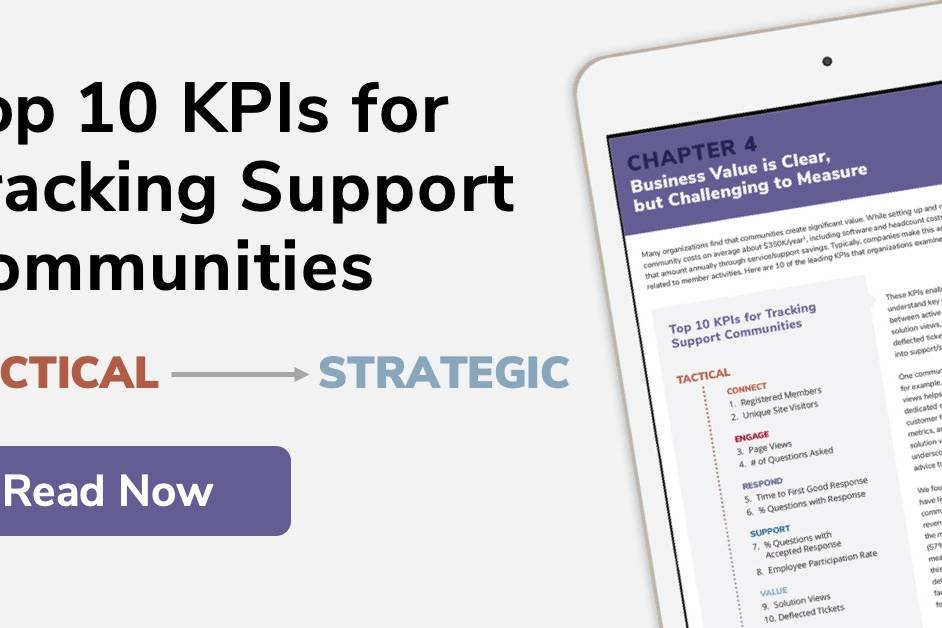One of the most common questions people ask is why do people participate in online communities. Even after seeing many online communities succeed over time, this remains a tough question to fully understand. For some, the act of logging onto a computer network and having a conversation with someone you have never met seems utterly foreign, but these are often the same people who will happily chat up a stranger in the grocery line. For others, it is a totally natural act to collaborate electronically with others. Go figure.
So, while I completely understand the value of online community exchanges, the question is persistent and complex enough to warrant a bit of formal investigation. Therefore, as part of The Social Mind research project that my colleagues at the Society of New Communications Research (SNCR) and I have just completed, we focused on learning more about “Who uses social networks and online communities?,” “What drives them to participate?,” and “What do they hope to get out of the experience?” Having covered the high level findings in a previous post, it was time to turn to sharing the more detailed outcomes- especially those that pertain to online community. My colleagues, Don Bulmer and Peter Auditore will cover some of the findings that don’t specifically relate to community so if this study is of interest to you, you may want to follow their analysis as well in their blogs.
According to the research, people spend most of their time online with colleagues in professional networks (41%), followed by friends, family and experts. Only 13% report spending the most time online with their family. Seems the closer the relationship probability, the less time online is shared. In the survey, we had an “Other” category and it was interesting that the most common fill-ins pertained to business; most popular fill-ins included customers, prospects, and clients. Business use of social networking is definitely top-of mind for many users. We then poked around a bit to learn how, if at all people’s use of social media channels varied by relationship. There is a significant different in what channel people choose to reach others in their lives.
Clearly, people understand the nuances of the different communications channels and making judicious selections based on their communication needs. The finding that people use micro-blogging most frequently (45%) to reach an expert especially interesting. Perhaps it is the informal nature of the platform or perhaps the strength of relationships that are developed there, but it does seem logical that people would feel comfortable reaching out on Twitter and the like to experts to make a connection.
I thought it was especially interesting (and reassuring!) that nearly 80% of respondents participate in online groups to help others by sharing information and experiences, and 66% participate in a professional community to belong to a group of colleagues and peers. 41% participate in groups to be seen as someone knowledgeable. Only a relatively small percentage use networks and community to persuade others to adopt their point of view or buy a product of service. It has long been known in the community world that community is no place for a vendor booth – it is for the exchange of ideas and not the waving of sales flags. Yes, direct and indirect sales can occur as a by-product of thought leadership shared in community exchanges, however, it is the content and ideas that yield value in professional communities. The data reaffirm this belief.
In the past, I have espoused the idea that there are 4 types of community members and each deserves their own motivational triggers for participation. Here is the blog post that talks about my approach and now there is current data to further substantiate the method. Also, nearly all reported that they participate in online networks and communities for educational purposes and to learn about topics. Fantastic news! This demonstrates the growing importance of online community as an educational platform for experts to show what they know and for information seeking to find the insights they seek. (It is important to remember that people can be both experts in one topic and information seekers in another topic simultaneously.)
- Our understanding about the nuances of online collaboration channels are growing on sophistication. We choose specific tools for different purposes and people, accordingly.
- Most participate in online communities to share information with others and to help another, even if they never met in person.
- Most use social networks to learn and get smarter on topics and to connect with or learn from experts.
As the world is, literally, at our fingertips, we now can use social networking to find, learn from and connect with those peers and colleague that we value and not be limited to the person we share an office with or who happens to always be at the same conferences. We are what we give, online.
Warning: Attempt to read property "base" on array in /home3/trusten9/public_html/leadernetworks/wp-content/plugins/wp-user-profile-avatar/shortcodes/wp-user-profile-avatar-shortcodes.php on line 665
Warning: Attempt to read property "base" on array in /home3/trusten9/public_html/leadernetworks/wp-content/plugins/wp-user-profile-avatar/shortcodes/wp-user-profile-avatar-shortcodes.php on line 665
Warning: Attempt to read property "base" on array in /home3/trusten9/public_html/leadernetworks/wp-content/plugins/wp-user-profile-avatar/shortcodes/wp-user-profile-avatar-shortcodes.php on line 665
Warning: Attempt to read property "base" on array in /home3/trusten9/public_html/leadernetworks/wp-content/plugins/wp-user-profile-avatar/shortcodes/wp-user-profile-avatar-shortcodes.php on line 665
8 Comments
Add comment Cancel reply
This site uses Akismet to reduce spam. Learn how your comment data is processed.






great idea to get more people involved in the online business as it can benefit people in so many ways, eg say someone was lonely they could find a friend or family member online or say they needed to know how to get somewhere in a hurry and don’t have a map handy they could go straight to goggle maps and there’s so much more that online can offer.
[…] really do love to help each other. In fact, in a study conducted by the Society of New Communications Research, it was found that 80% of people who join […]
[…] are you are probably a part of an online community whether you know it or not. Data from the Society of New Communications Research suggest that nearly 80% of people participate in an online community. Online communities vary in […]
[…] you have a plan for doing so, then Congratulation who are among those 80% people of the world who actually care for others and share their knowledge publicly without personal […]
[…] People spend most of their time online with colleagues in professional networks (41%), followed by friends, family, and […]
[…] per a source, nearly 80% of people participate in online communities to help […]
[…] Leader Networks […]
[…] People spend most of their time online with colleagues in professional networks (41%), followed by friends, family, and […]